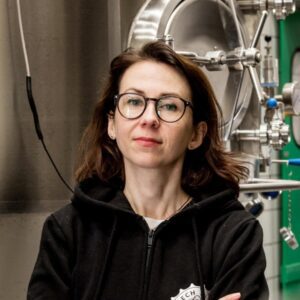W każdym prężnie rozwijającym się startupie przychodzi moment, w którym mnogość obowiązków przekracza możliwości czasowe założycieli. Pierwsza rekrutacja skupia się z reguły na pracownikach do spraw rozwoju i sprzedaży produktu, który wciąż jest wprowadzany na rynek. Łatwo jest tu pominąć kwestie reklamowe, a to szybko może obrócić się przeciw nam. Jak pisał w swojej książce David Ogilvy, marketing i koszty z nim związane powinny być postrzegane jako element produkcji, a nie sprzedaży. [1] Reklama to bowiem nieodłączna część oferowanego przez nas towaru czy usługi. W Foodsi mieliśmy to szczęście, że marketing był jednym z priorytetów od samego początku.
Rozpoznawalność marki to za mało
Różnica w cenie między produktami marki własnej danego sklepu, a ich bardziej rozpoznawalnymi odpowiednikami wynosi z reguły 40-50% [2], [3]. Jeżeli więc nie portfel, to co decyduje o tym, jakiej firmy masło, mleko, czy jogurt ląduje na naszym stole? Podobnie jest w przypadku usług. Bo zakładając, że są świadczone na podobnym poziomie, co sprawia, że zamawiając jedzenie wybieramy taką, a nie inną aplikację? Odpowiedzią jest świadomość marki, a jej budowanie, zwłaszcza w konkurencyjnym środowisku, powinno być procesem ciągłym. Pierwszym krokiem w tej kwestii było dla nas zaznajomienie potencjalnych użytkowników z nową kategorią produktu, a dopiero później z samą aplikacją. Jeszcze 5 lat temu nie było przecież mobilnego narzędzia, z pomocą którego można byłoby ratować przed zmarnowaniem jedzenie. Inwestując w świadomość marki, musieliśmy zatem wykonać ogrom pracy na samej górze lejka marketingowego.

źródło: Foodsi
Staramy się wyróżnić, a nie odróżnić
A nie było łatwo. Bo choć Foodsi jest pionierem na polskim rynku i zdawać by się mogło, że rozpoznawalność aplikacji wystarczy, wkrótce na naszym podwórku pojawił się globalny gracz. Na początku nasze usługi się pokrywały, bo ratowaliśmy przed zmarnowaniem jedzenie z lokali, które generowały nadwyżki. Klienci mogli kupić z pomocą Foodsi ulubione dania, wypieki czy artykuły spożywcze nawet 70% taniej i odebrać je z ulubionych restauracji, piekarni, warzywniaków i in. Konkurencja zaczęła nas jednak napędzać do bardziej wytężonej pracy. Rozszerzyliśmy ofertę o dostawę oraz kosmetyki, rośliny czy karmę dla zwierząt. Niezmiennie jednak, najważniejsze jest dla nas ratowanie jedzenia z odbiorem osobistym. Sam fakt, że paczka z kosmetykami o krótkim terminie bądź nieidealnymi roślinami potrafi iść 2-3 dni świadczy o tym, że (choć i te produkty wymagają interwencji) czas zdecydowanie bardziej działa na niekorzyść żywności z okolicznych lokali. Naszym priorytetem nie jest więc bycie kojarzonymi jedynie dostawą i szerszym wachlarzem oferowanych artykułów. Od konkurencji odróżniamy się w inny sposób. Stworzyliśmy unikalną tożsamość Foodsi poprzez charakterystyczne logo, slogan, kolory czy storytelling, z pomocą którego budujemy emocjonalny związek z konsumentami. Pokazujemy przy tym, że choć nie jesteśmy globalną marką, potrafimy dostarczyć naszym użytkownikom i partnerom równie profesjonalne podejście, będąc przy tym bliżej nich – dzięki bezpośredniej komunikacji i bez korporacyjnego nadęcia. Wszystkie te działania mają na celu osiągnięcie takiego brand recall (z ang. przypominanie marki), aby na hasło “ratowanie żywności”, jako pierwsze na myśl przychodziło Foodsi.
Liczy się sentyment
Wiemy, że, aby osiągnąć sukces musimy dawać z siebie więcej. Dlatego wspieramy naszych partnerów marketingowo, organizujemy warsztaty i inne akcje specjalne, których tematem przewodnim jest troska o planetę. Stawiamy przy tym na kreatywność. Konkurując z bardziej ugruntowanym graczem, staramy się, aby nasze działania marketingowe w sposób nietuzinkowy przyciągały potencjalnych klientów. Pomimo humorystycznych postów w mediach społecznościowych i zaczepnego języka, nie tracimy jednak z pola widzenia naszej misji, którą jest ratowanie jedzenia przed zmarnowaniem. Cel Foodsi od początku był jasno określony i pomimo charakterystycznej dla startupu dynamiki, pozostał on niezmienny. To niezwykle ważne, żeby od samego początku propozycja wartości była klarowna, przekonująca i odpowiednio komunikowana we wszystkich punktach styku użytkownika z marką. Dotyczy to zarówno działań offline, płatnych kampanii w sieci, jak i organicznej aktywności w social mediach.
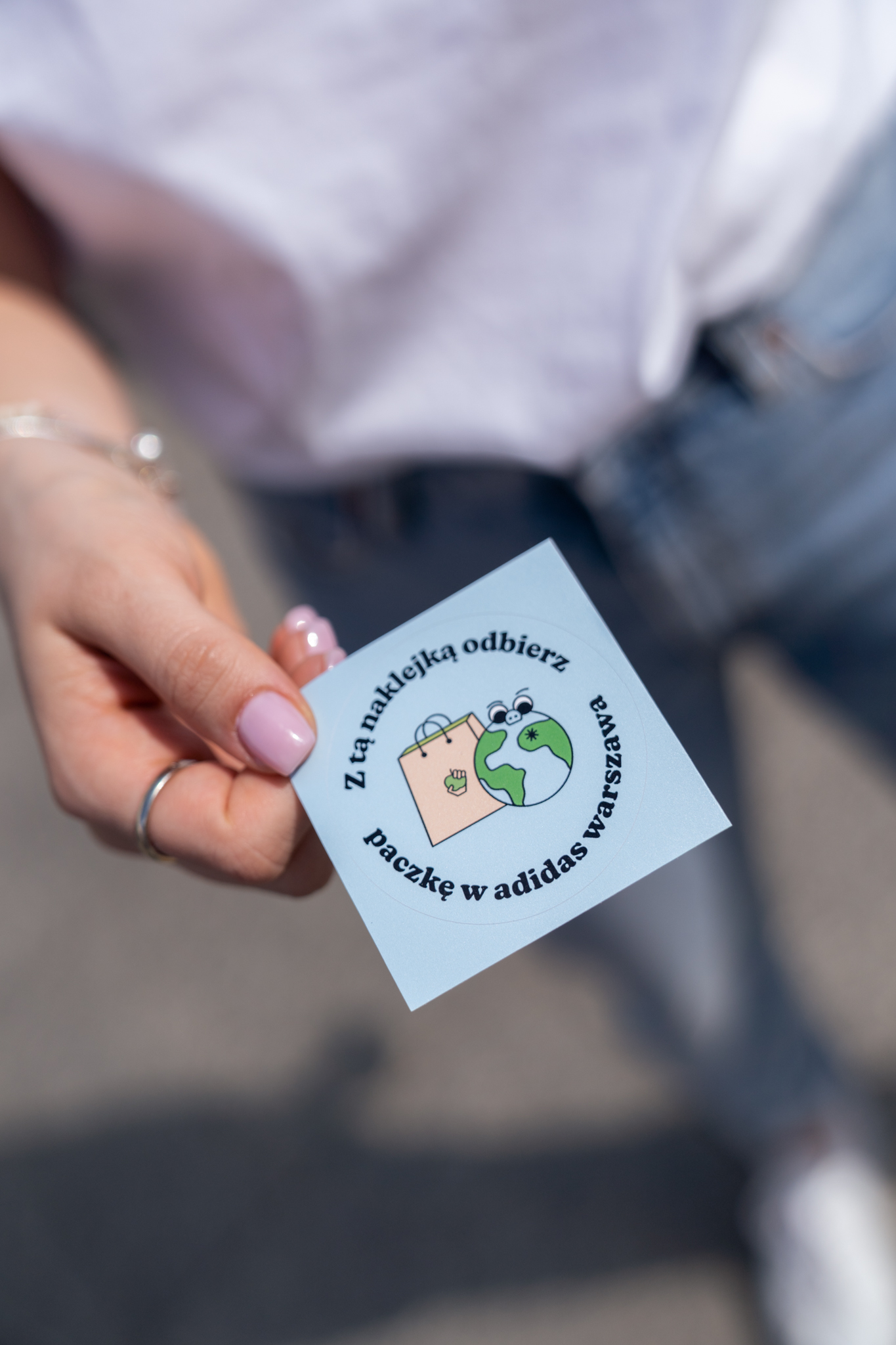
źródło: Foodsi
Akcja – reakcja
A będąc przy dynamice, jest to cecha, która startupom może pomóc. Jeżeli atmosfera sprzyja dzieleniu się pomysłami i daje poczucie wpływu na kształt organizacji, efektywniej można wprowadzać zmiany bez konieczności przebrnięcia przez złożoną, korporacyjną strukturę. Dotyczy to również strategii marketingowej, która powinna być odpowiedzią na zmieniające się warunki rynkowe lub sytuację konkurencyjną. Miało to chociażby wpływ na kształt naszej wiosennej kampanii, w której skupiliśmy na unikalnym dla naszej oferty czynniku (USP), którym jest wyjątkowo niska cena. Bo choć cel, jakim jest ratowanie jedzenia, pozostaje niezmienny, dostrzegamy sytuację ekonomiczną w kraju i pokazujemy potencjalnym użytkownikom, że w czasie inflacji dajemy im rozwiązanie, dzięki któremu mogą zaoszczędzić.
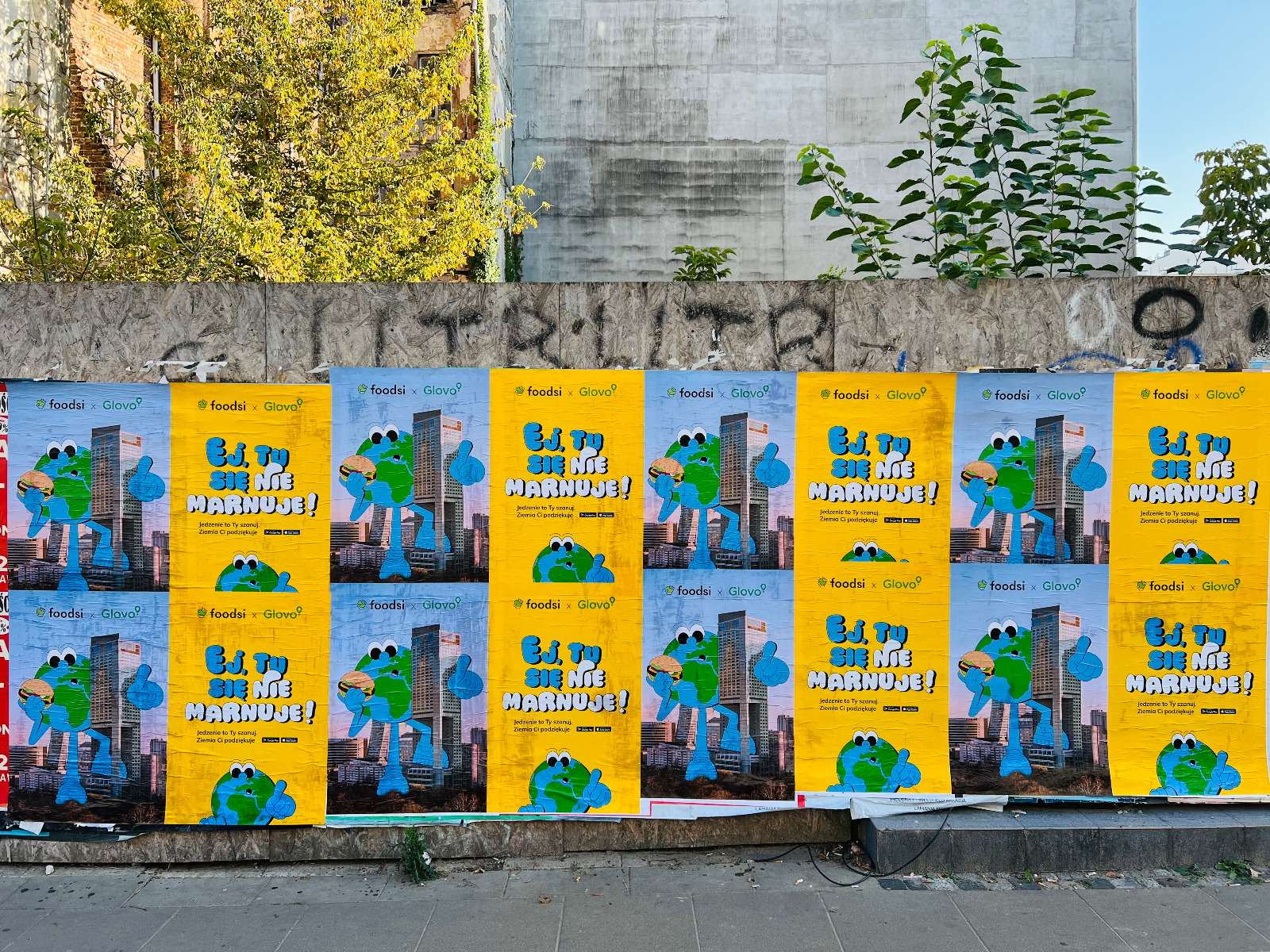
źródło: Foodsi
Digital first
Aby jednak użytkownik Foodsi mógł zacząć oszczędzać i ograniczać marnowanie żywności, musimy skutecznie połączyć go z naszymi partnerami. Już sam fakt, że oferowany przez nas produkt jest aplikacją w formie marketplace’u, w pewien sposób zawęża grupę docelowych odbiorców. By do nich dotrzeć musimy odpowiednio zsynchronizować działania w czasie i przestrzeni. To zaś wymaga analizy danych o najmniejszym poziomie szczegółowości. Inaczej działalibyśmy na ślepo. Pomimo korzystania z różnych kanałów marketingowych, stawiamy więc przede wszystkim na digital. Bez niego ominęlibyśmy wielu potencjalnych użytkowników, a nasz przekaz nie byłby do końca skuteczny. Działania marketingowe w cyfrowej przestrzeni, choć podyktowane specyfiką oferowanego przez nas produktu, mają także sporo zalet. Są dużo tańsze, a przede wszystkim – bardziej mierzalne. A przecież o to właśnie chodzi w data driven marketingu, który uprawiamy w Foodsi.
Analityka 24/7
Bo osiągane rezultaty trzeba mierzyć. Skuteczna strategia marketingowa wymaga ciągłego monitorowania wyników i odpowiedniego na nie reagowania. Bez analizy i testów ciężko jest stwierdzić, jakie komunikaty działają na obecnych i potencjalnych użytkowników oraz czy przekładają się na realizację celów. W Foodsi testujemy na bieżąco. Uczymy się na błędach i docieramy do takiego sposobu komunikacji, który z jednej strony podkreśli naszą misję, a z drugiej będzie po prostu skuteczny. Nie ograniczamy się przy tym jedynie do czasu bardziej intensywnych działań marketingowych. Wychodzimy z założenia, że dobra kampania reklamowa powinna trwać bez przerwy i być skierowana zarówno do nowych, jak i obecnych użytkowników. Wzrost za wszelką cenę, choć jeszcze niedawno pożądany w kontekście startupów, schodzi na dalszy plan. Zdecydowanie ważniejsze jest znalezienie balansu między retencją dotychczasowych użytkowników, a pozyskiwaniem nowych.
[1] Ogilvy, D. (1985). On advertising. Nowy Jork: Vintage Books, 170
[2] https://pubmed.ncbi.nlm.nih.gov/22475494/
[3] https://www.nasdaq.com/articles/how-much-cheaper-are-store-brand-groceries-than-name-brands

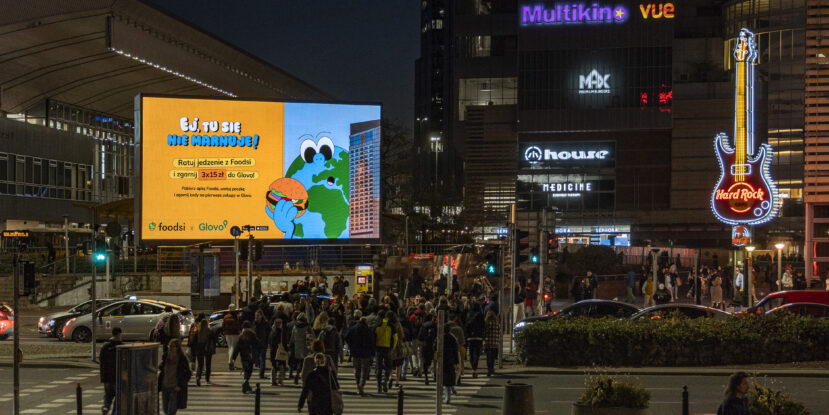

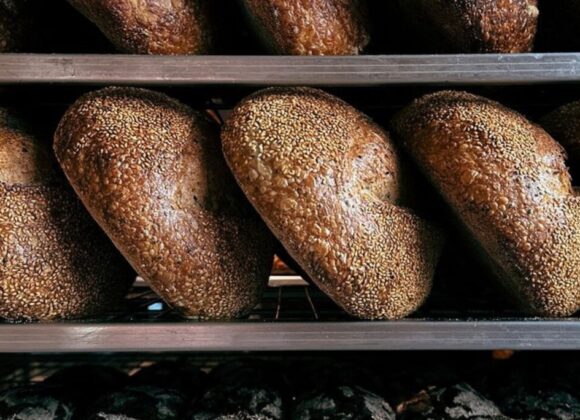
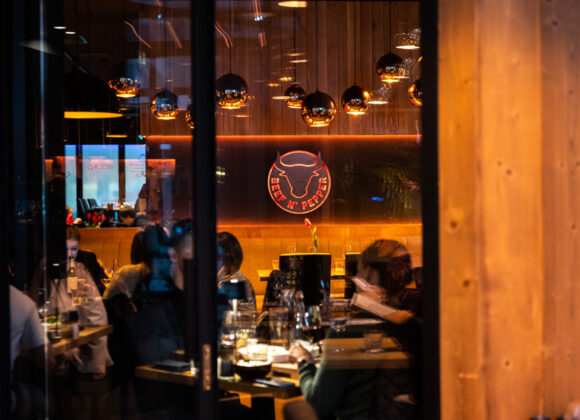





 Młodszy specjalista ds. komunikacji marketingowej i PR.
Młodszy specjalista ds. komunikacji marketingowej i PR.


 Absolwent Uniwersytetu Warszawskiego oraz Szkoły Głównej Gospodarstwa Wiejskiego. W branży HoReCa od ponad 10 lat. Przez lata związany z Grupą Trip, Sobienie Królewskie Golf and Country Club oraz restauracją Florentin w Warszawe.
Absolwent Uniwersytetu Warszawskiego oraz Szkoły Głównej Gospodarstwa Wiejskiego. W branży HoReCa od ponad 10 lat. Przez lata związany z Grupą Trip, Sobienie Królewskie Golf and Country Club oraz restauracją Florentin w Warszawe. Absolwentka Wydziału Architektury Politechniki Warszawskiej na kierunku Architecture for Society of Knowledge oraz Komunikacji Wizualnej na Politecnico di Milano. Specjalistka od budowania nastroju. Doświadczenie zdobywała w kraju i zagranicą podczas licznych warsztatów międzynarodowych (Sevilla, Lizbona, Florencja), stypendium na La Sapienza (Rzym) oraz pracując m.in. w Carmi e Ubertis i ADM Milano.
Absolwentka Wydziału Architektury Politechniki Warszawskiej na kierunku Architecture for Society of Knowledge oraz Komunikacji Wizualnej na Politecnico di Milano. Specjalistka od budowania nastroju. Doświadczenie zdobywała w kraju i zagranicą podczas licznych warsztatów międzynarodowych (Sevilla, Lizbona, Florencja), stypendium na La Sapienza (Rzym) oraz pracując m.in. w Carmi e Ubertis i ADM Milano.








 Menedżer z wieloletnim doświadczeniem w branżach kosmetycznej, spożywczej, dziecięcej. W trakcie swojej kariery związany z firmami takimi jak: L’Oreal, Samsung, Danone-Nutricia, Unilever. W ciągu swojego życia zawodowego odpowiadał między innymi za rozwój sprzedaży i contentu eCommerce w Polsce i krajach Europy Środkowo-Wschodniej.
Menedżer z wieloletnim doświadczeniem w branżach kosmetycznej, spożywczej, dziecięcej. W trakcie swojej kariery związany z firmami takimi jak: L’Oreal, Samsung, Danone-Nutricia, Unilever. W ciągu swojego życia zawodowego odpowiadał między innymi za rozwój sprzedaży i contentu eCommerce w Polsce i krajach Europy Środkowo-Wschodniej. 





